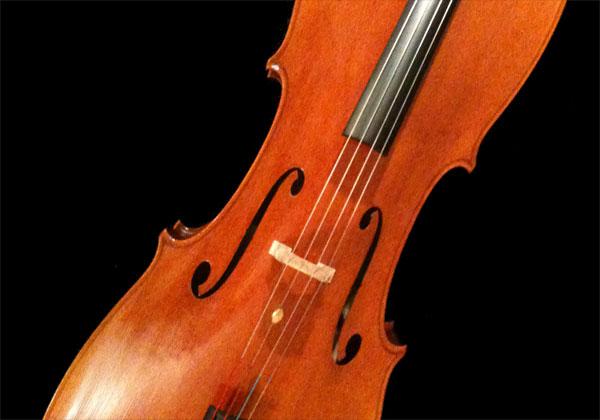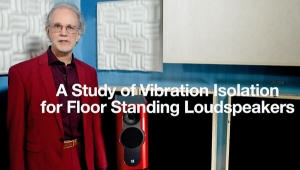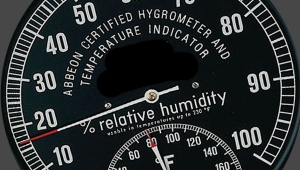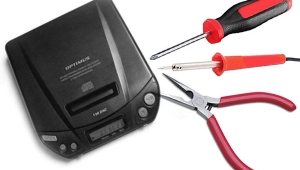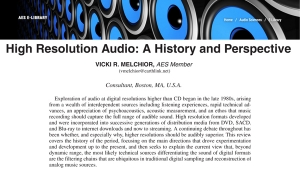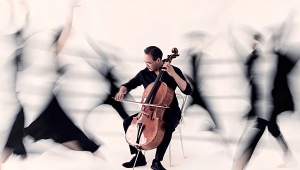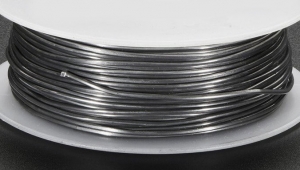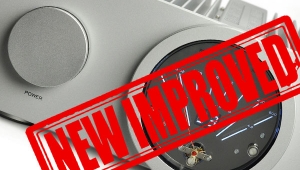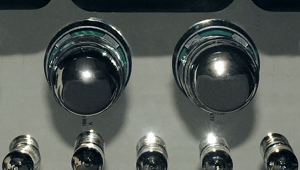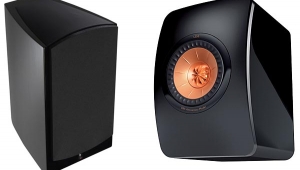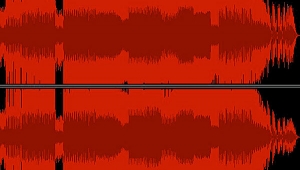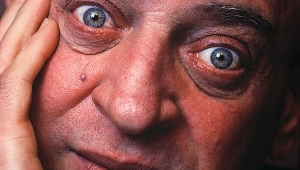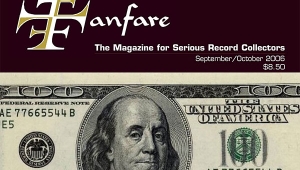| Columns Retired Columns & Blogs |
This over compression is, I assume tied to the fact that CD loudness levels have also gotten louder since the early 2000s. The people who do the mastering (especially for pop music) seem to have sacrificed dynamic range for sheer loudness, in an attempt to make the music stand out more (in a bad way).
Maybe this is being done to appeal and sell the product to a large fan base, who listen to music on ipods with earbuds and other low quality gear. If people don't listen on equipment that can convey dynamic range, might as well give them louder recordings, because they will perceive them as better.
I think the profusion of ipod like devices, mobile phones, etc. has contributed to the decline of well mastered music. This decline of well mastered music, has probably increased the use of these devices even more. Thus creating a vicious circle of lower quality.
No wonder vinyl has skyrocketed in the past 10-12 years. Those people who want quality sound, are going back to a format that still provides it.
